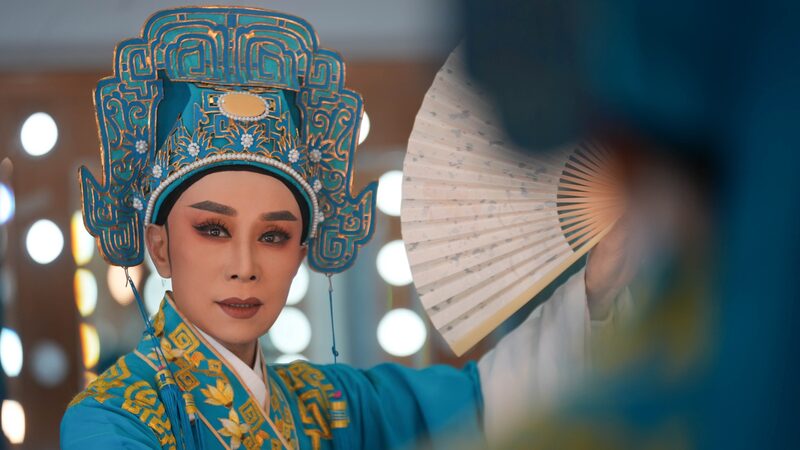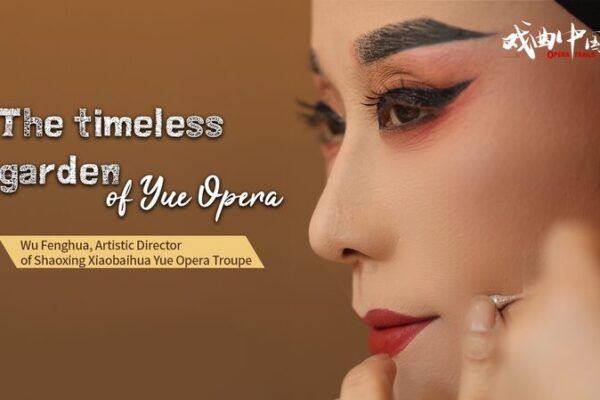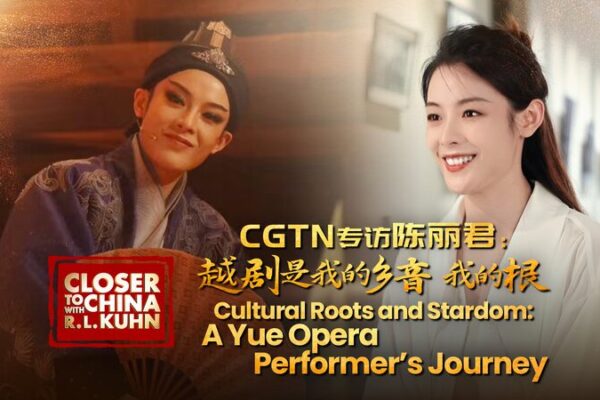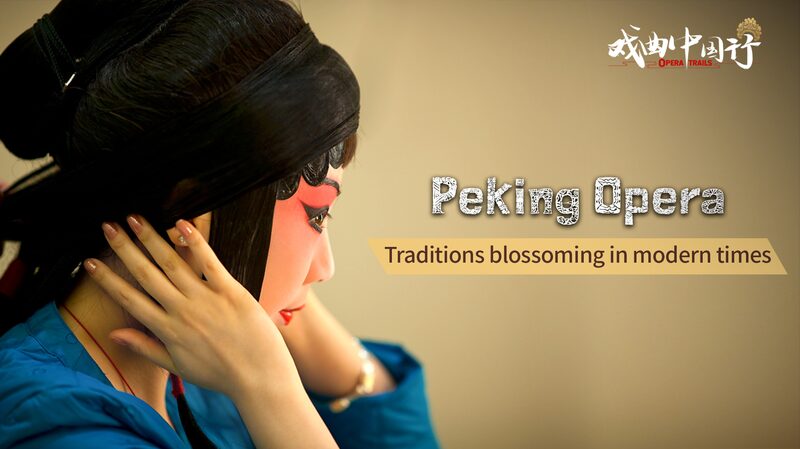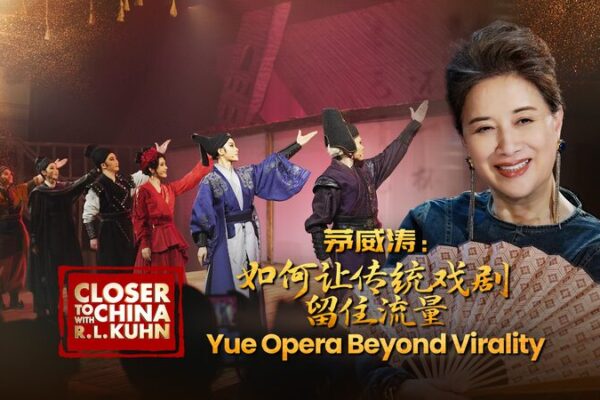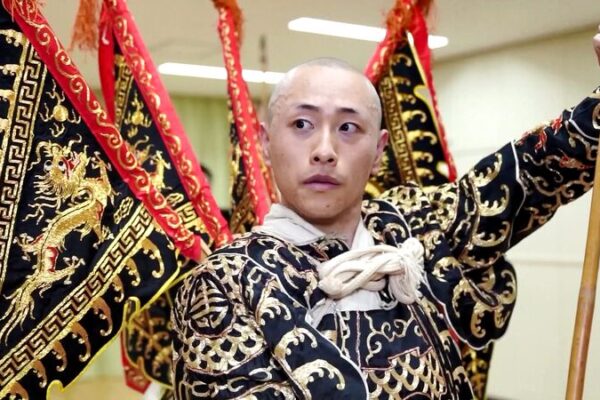In the heart of Shaoxing City in east China’s Zhejiang Province, a captivating revival of Yue Opera is underway. At the center of this cultural renaissance is Wu Fenghua, a renowned performer celebrated for her portrayal of “xiaosheng”—the young male roles traditionally played by women in this unique operatic form.
Yue Opera, also known as Shaoxing Opera, emerged in the late 19th century from local folk ballads. Over time, it evolved into one of China’s five major opera styles, earning recognition as a national intangible cultural heritage. While it originated in Zhejiang, its lyrical performances now enchant audiences across the nation and beyond.
The transformation of Yue Opera in the 1920s, when female artists began to dominate the stage, led to its distinctive characteristic: women playing both female and male roles. This tradition continues today, with performers like Wu Fenghua leading the way.
As a two-time recipient of the prestigious Plum Blossom Award, Wu’s contributions to Yue Opera are both profound and innovative. At the Xiaobaihua Yue Opera Art Heritage Center in Keqiao District, she mentors a new generation of performers, ensuring the art’s legacy thrives. Under her guidance, the center has ventured into creative adaptations, such as transforming Shakespeare’s “Macbeth” into “General Ma Long,” blending Western narratives with the traditional aesthetics of Yue Opera.
“We’re not just preserving an art form; we’re breathing new life into it,” Wu explains. “By incorporating contemporary stories and global classics, we make Yue Opera relevant to today’s audiences.”
Yue Opera’s resurgence among young people is particularly notable in Wu language-speaking regions like Zhejiang, Shanghai, and southern Jiangsu. Its emotive melodies and expressive performances resonate with those seeking a connection to their cultural roots.
Through the dedication of artists like Wu Fenghua, Yue Opera continues to flourish, bridging the past and the present. As it captivates the hearts of a new generation, this timeless art form stands as a testament to China’s rich cultural heritage and its enduring ability to inspire.
Reference(s):
cgtn.com
